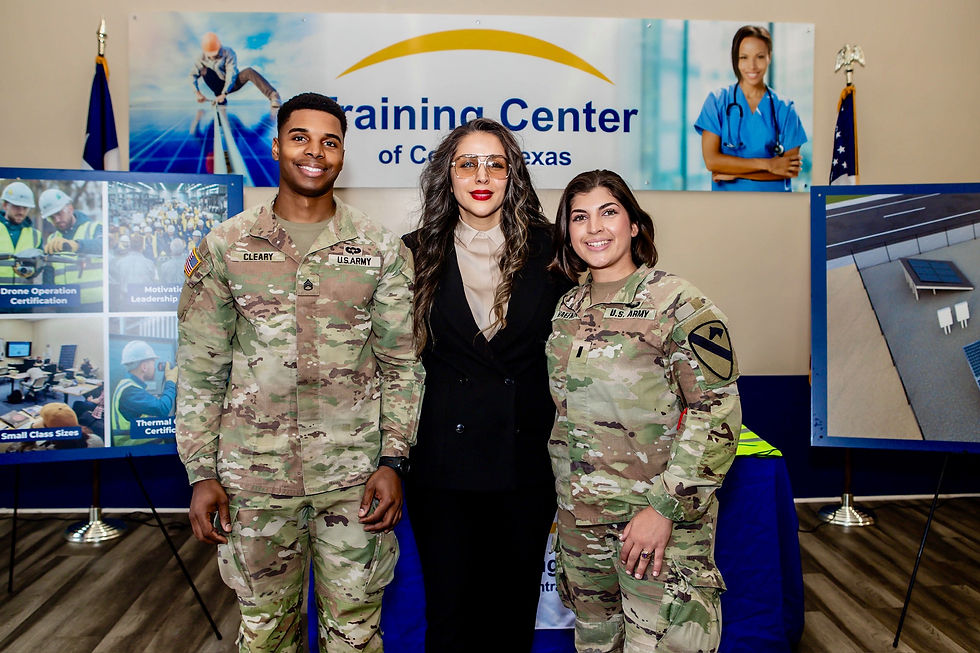Training in Another Dimension — How AR and VR Are Transforming Our Clinical Classrooms
- Saran Lotfollahzadeh

- Apr 18
- 2 min read
Updated: Apr 19

From Textbooks to Touchscreens: A Personal Reflection
I still remember the first time I learned anatomy: a thick textbook, hours in the library, and the hope that my imagination could piece together how the human body looked and moved. Fast-forward to today, and I now have the honor of watching our students at CMA-AI Central Texas walk through a virtual heart, manipulate 3D organs, and practice CPR in fully immersive simulations. It's not just a leap in technology but in how we understand learning itself.
More Than Just Visuals: The Power of Immersion
Augmented Reality (AR) and Virtual Reality (VR) aren’t just flashy tools but clinical translators. In our program, students use AR headsets to explore anatomical structures as holograms hovering in their real-world classroom. With VR, they rehearse:
Inserting IV lines
Performing CPR in high-pressure, timed environments
Navigating patient care scenarios with emotional realism
Each repetition builds muscle memory, boosts clinical confidence, and sharpens situational clarity—long before our students interact with patients.
Why This Matters: Safety, Equity, and Readiness
Not all students have equal access to clinical training early in their education. Integrating VR and AR provides a safe, standardized, and equitable environment where students can make mistakes, learn, and repeat without risk. They graduate with real readiness, not just theoretical knowledge.
The Instructors Who Make It Work
Watching our instructors lead the way was one of the most inspiring parts of this rollout. Many of them came from traditional teaching backgrounds, and yet, they’ve adapted brilliantly. They now guide students through virtual simulations with the same confidence they once used at the bedside. Their openness and commitment have made this transformation not only possible but powerful.
Conclusion: Training the Mind by Moving Through the Body
Something shifts when students can walk through a 3D organ, rehearse life-saving techniques, and gain feedback instantly. They stop memorizing and start understanding. At CMA-AI, we’re not just adding tech to education. We’re redefining what clinical learning feels like.
Every time I watch a student complete a VR scenario with confidence in their eyes, I think this is what learning should feel like—immersive, empowering, and human.
By Saran Lotfollahzadeh, MD, MSCR Candidate
MD, General Surgeon, Pediatric Surgery Sub-Specialist
MSCR Candidate
AHA Cardio-Oncology SFRN Fellow
Medical Director, CMA-AI Training Center of Central Texas
Instructor in Medicine



fantastic